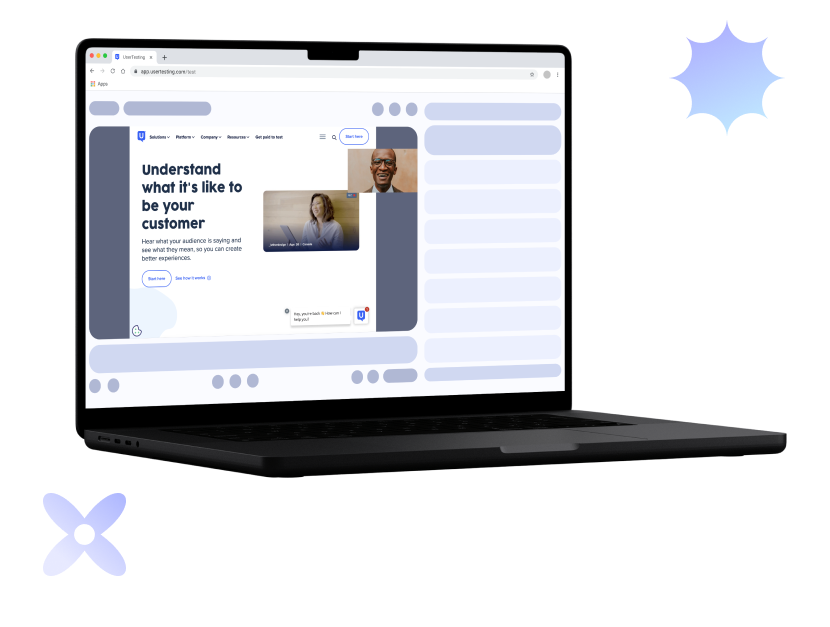

Re-evaluating existing features as we move into the new, combined platform
To redesign the session video player feature to make it quicker and easier for UX professionals on our platform to analyse sessions. This revamp is all about improving efficiency and providing a smoother user experience.
I streamlined the analysis process with a new, intuitive workflow supported by evidence. Thus, introducing development-ready concept. The concept was presented to key executives and stakeholders. I also engaged the broader team by asking pivotal questions to help envision the future of Insights & Analytics on the platform.
I spent 7 incredible months as a Product Design Intern at UserTesting, a renowned UX research platform managing the entire research process. From recruiting participants to creating usability tests and analysing results, it covers it all. In collaboration with the Insights and Analytics team, I contributed to a thorough reevaluation of the platform. This experience honed my design skills and offered valuable insights into optimising user experiences.
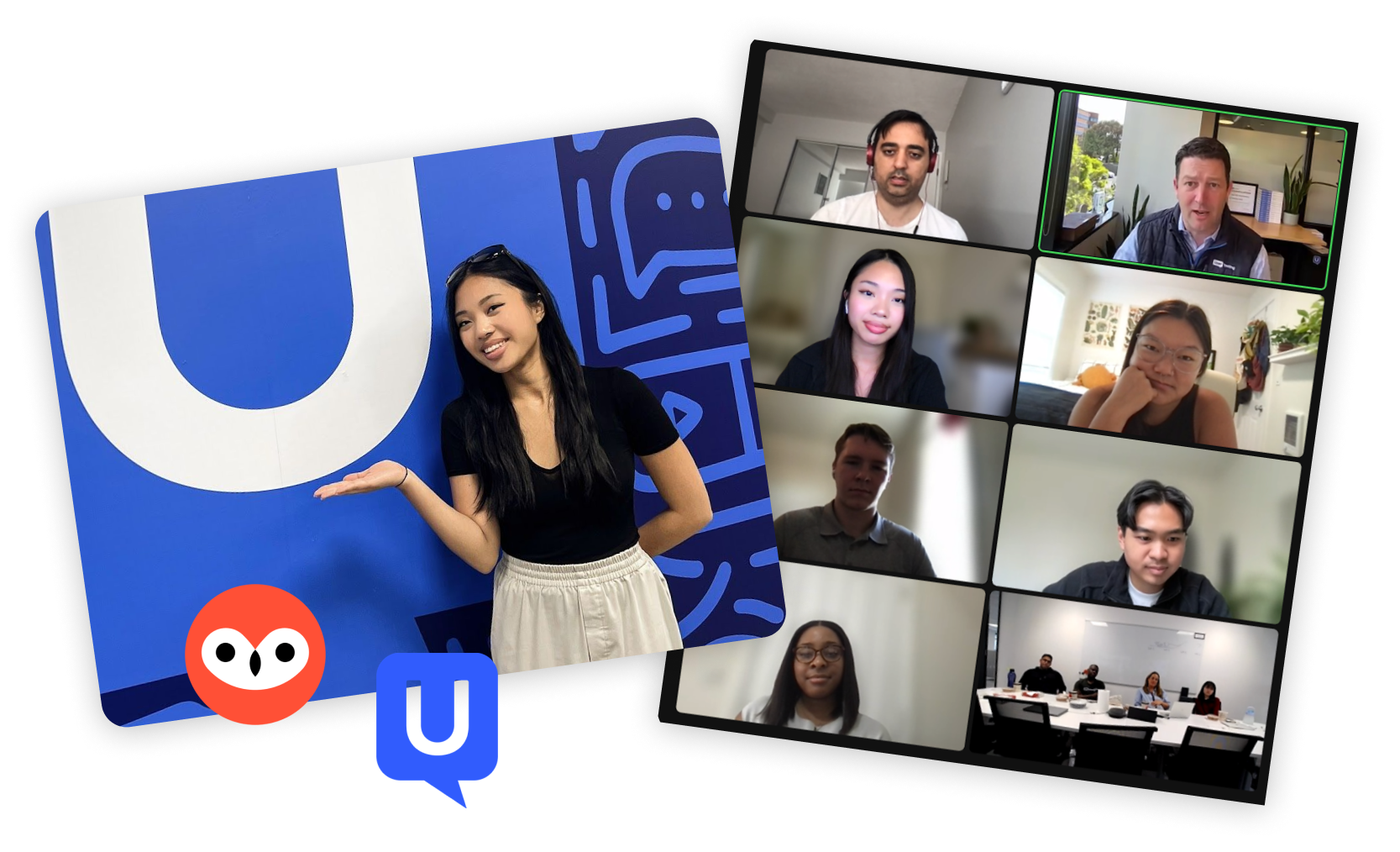
I conducted a qualitative, moderated study with 8 active UserTesting users, well-versed in UX and experienced with the feature. Each hour-long interview aimed to understand researchers' interactions, assessing user satisfaction, perceived usability, and engagement. The interview format involved semi-structured questions, tasks, and pre-interview questionnaires.

Observation provides the most accurate information about people, their tasks, and their needs.
I conducted a thematic analysis of the findings. Insights were sorted into themes such as behavioural observations, pain points, and motivations which were then reported to the team.
The moderated test provided greater understanding of customer interactions and how the feature fits into their workflow. As a result, help ensure that design decisions are based on the needs and motivations of our users. Moreover, the study identified opportunities and gaps, delivering insightful perspectives to enhance the overall UserTesting platform experience.
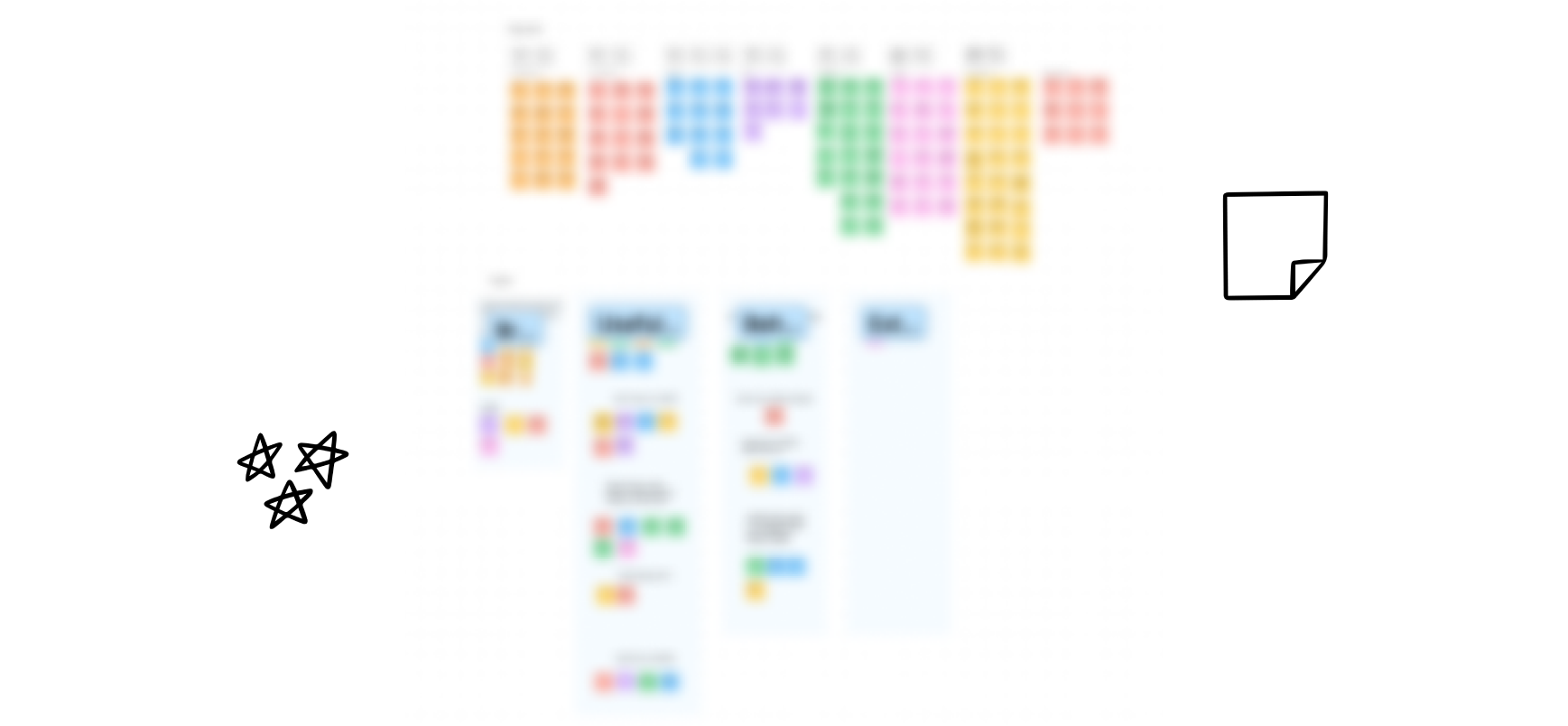
The findings of the research played a pivotal role in creating behavioural personas, providing valuable input to guide future design decisions. These personas helped us understand our users better, anticipate their needs, and customise the feature to align with their behaviours and expectations. By anchoring our design decisions in these personas, we ensured a more user-friendly and satisfying experience, contributing to the success of our redesign efforts.
.png)
(These are simplified versions of the full personas)
With 5 teammates, I organised a focused ideation session to tackle key problem statements identified in the definition phase. To promote cross-functional collaboration, I invited colleagues from various backgrounds, including UX writing, design, machine learning, and research. Utilising a FigJam board, I crafted "How might we" statements to encourage creative problem-solving with additional context from quotes and screenshots.
During a concise one-hour virtual brainstorming session, we discussed each idea and employed dot voting to identify the most promising solutions for the identified problems. After consolidating the popular ideas, I utilised a prioritisation matrix to rank concepts based on their impact, feasibility, and alignment with our goals.
We then collaboratively selected ideas that promised significant impact and were feasible for implementation throughout the internship period. This decision-making process involved thoughtful discussion and collaboration among the team.
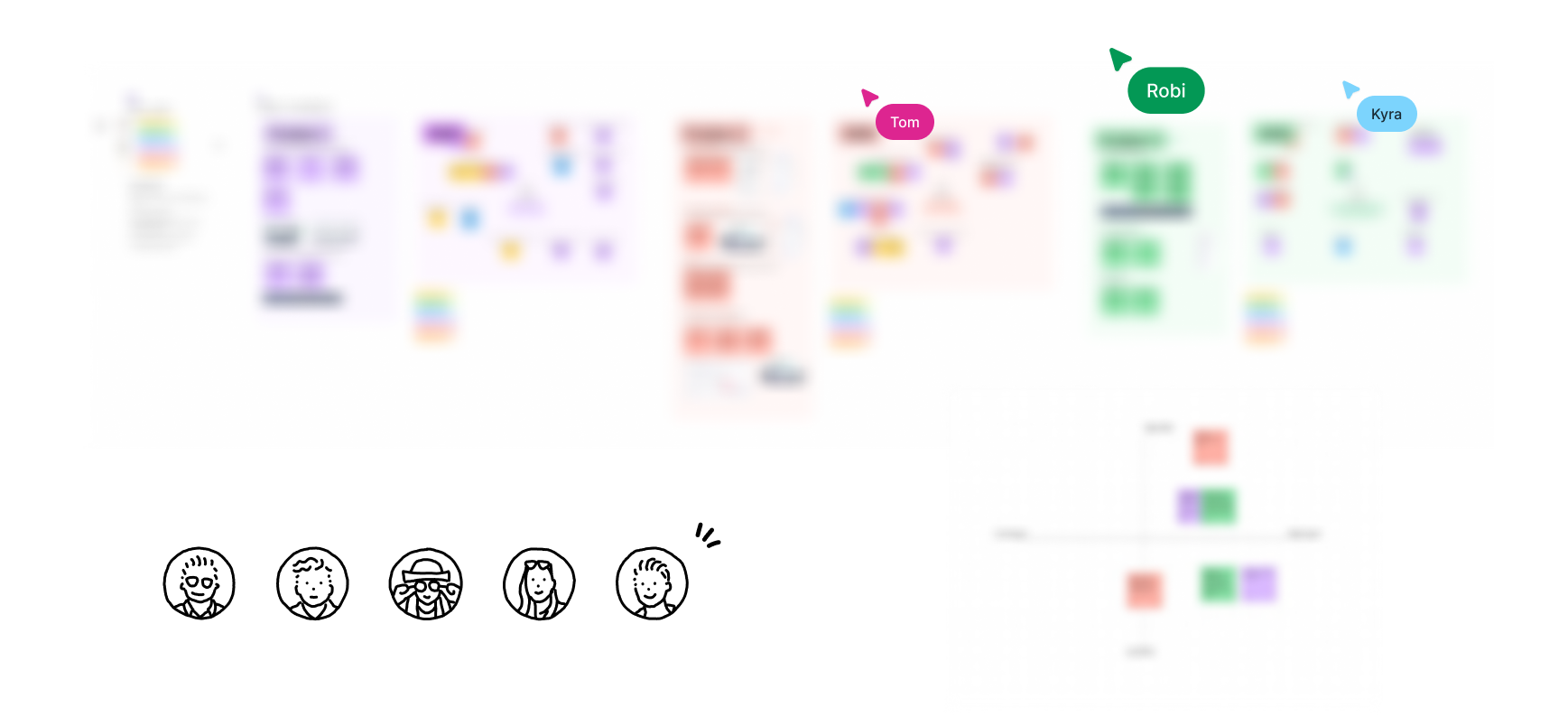
Collaboration between cross-functional teams is the most effective way of solving problems.
Prior to delving into concept exploration, I prioritised getting acquainted with the competitive landscape. I selected three competitors in the UX research platform realm for evaluation. Using screenshots and sticky notes, I mapped out the user flows to pinpoint each platform's strengths, weaknesses, and potential opportunities beneficial for UserTesting. This competitor analysis proved instrumental in identifying industry trends, particularly in AI capabilities.
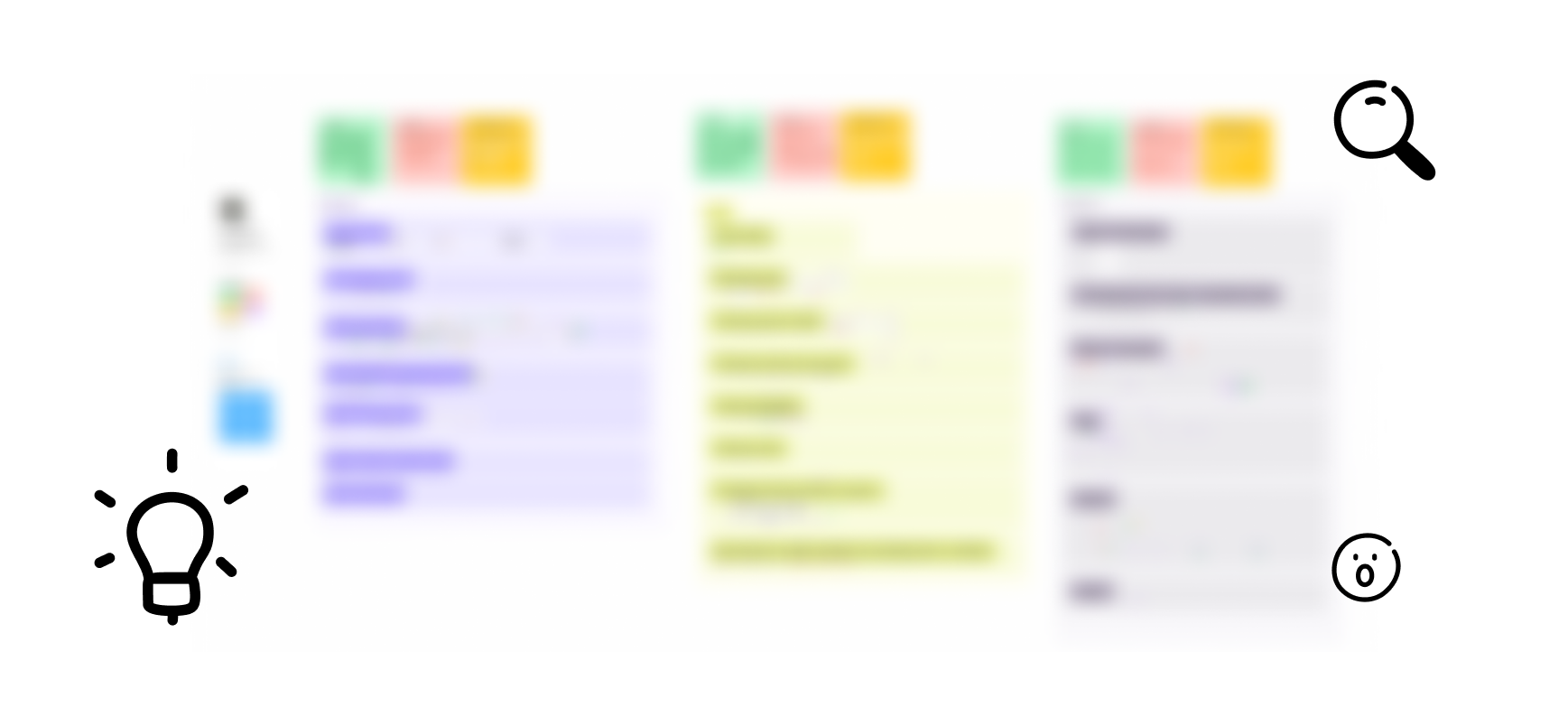
To jumpstart idea generation, I generated numerous rough sketches on paper, allowing me to brainstorm various possibilities and explore potential concepts. These initial sketches laid the groundwork for more refined and concrete ideas later on. Additionally, I transitioned to using Figma to create mid-fidelity designs, facilitating the exploration of multiple concepts.
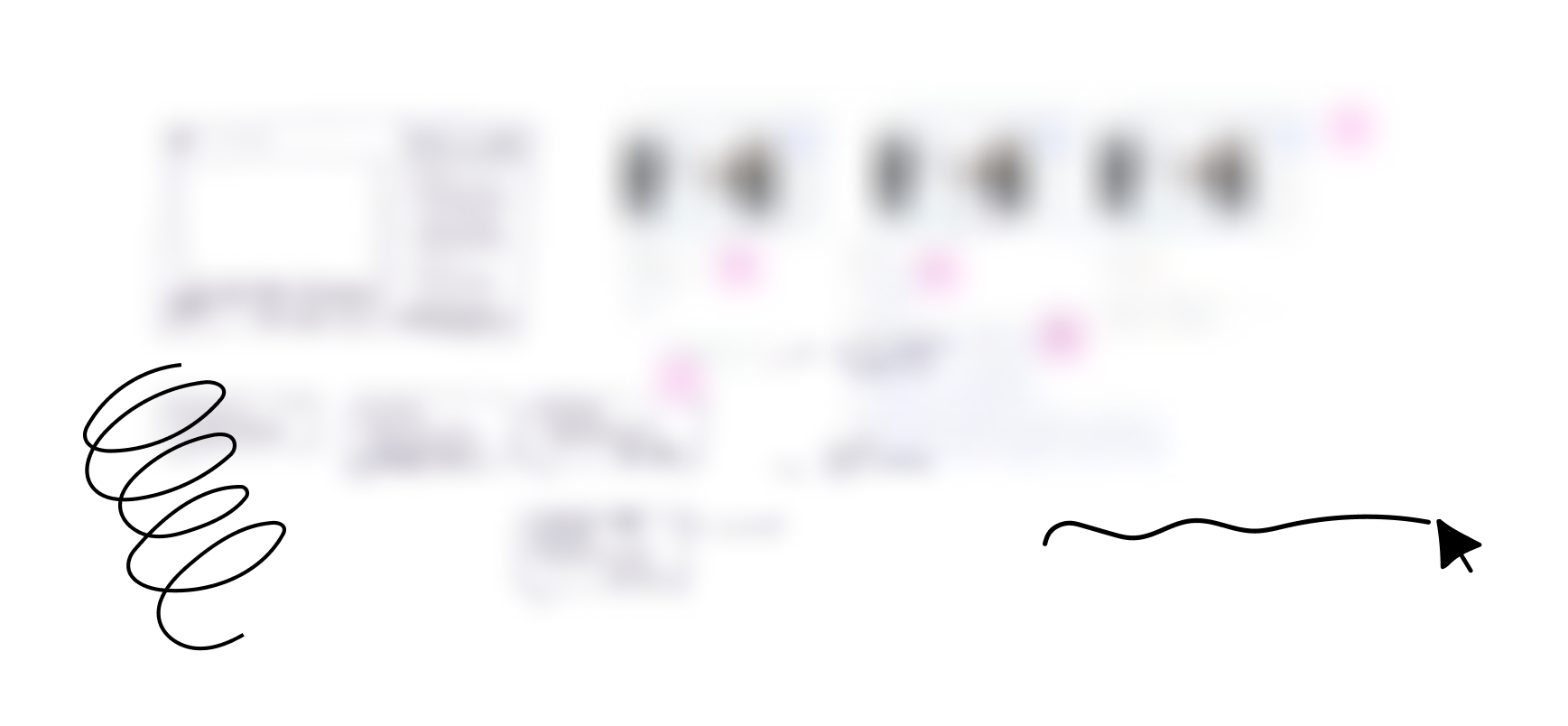
I crafted a UX flow diagram to visually represent both the existing workflow and our envisioned workflow, ensuring stakeholders gain a clear understanding of our proposed modifications. This documentation serves as a valuable resource for understanding the concept.

To enhance the user experience, I used advanced Figma prototyping techniques like variables, variants, interactions, and auto layout. These tools allowed for dynamic and responsive design elements, ensuring our prototypes looked great and functioned seamlessly across various interactions.
The feature posed unique challenges with intricate interactions that were initially challenging to replicate within the confines of a Figma prototype. However, leveraging advanced prototyping features, I successfully recreated the complex interactions, ensuring a faithful representation of the intended user experience.
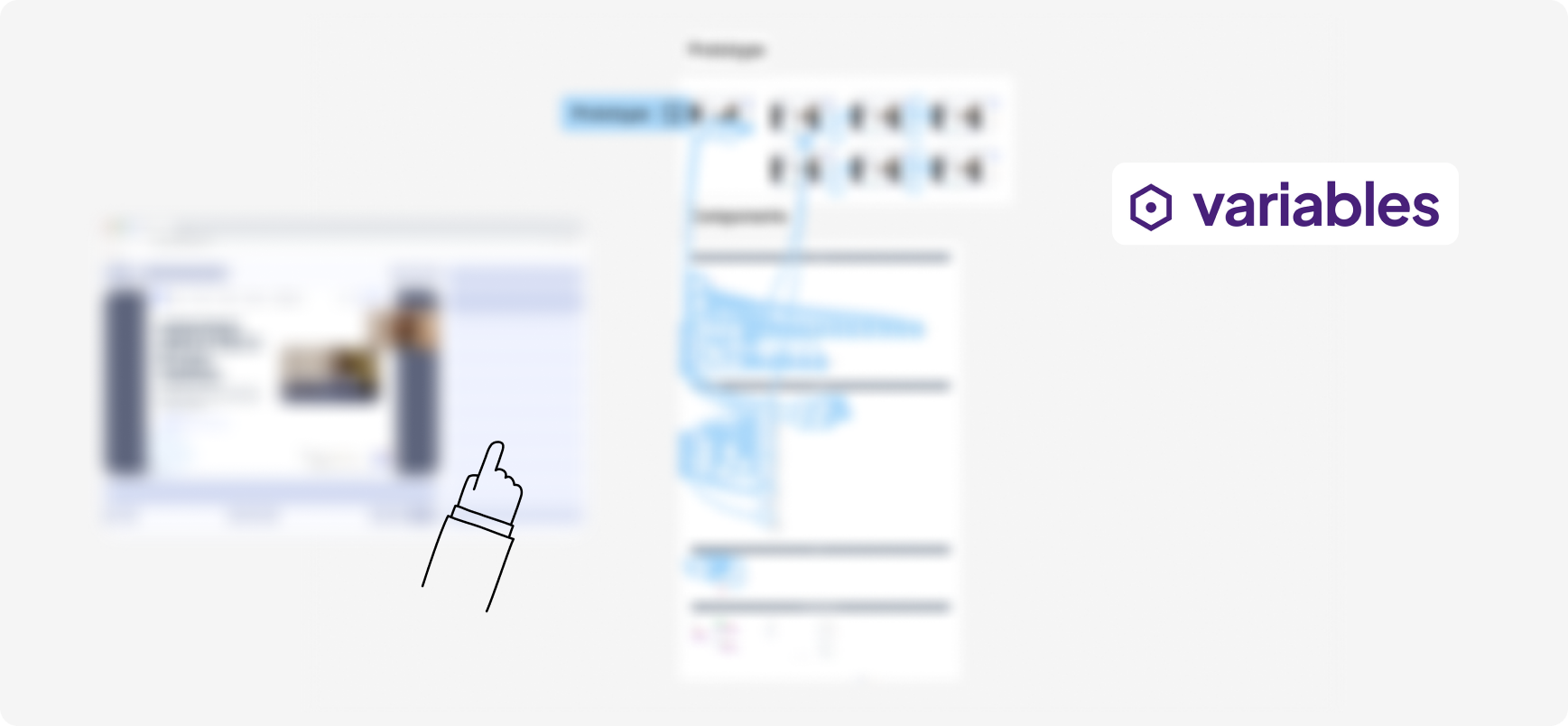
I utilised Figma to develop detailed concepts after creating initial concepts, swiftly refining and exploring ideas. After, I collaborated with teams like UX writing, product design, and research to gather feedback. To facilitate asynchronous critique, I incorporated video demos showcasing prototype functionality and specifying feedback needs. With the input collected, the design underwent polishing and became ready for real customer testing.

After creating the prototype, I conducted unmoderated testing. I recruited 9 participants who are UserTesting customers with varying experiences with the specific feature. The goal of the test was to investigate the usability, findability and value of the new, proposed changes on the prototype. Participants independently interacted with the prototype, following given instructions and tasks. This method facilitated the collection of valuable feedback and natural observation of user behaviour, contributing to design enhancements.
Metrics included a mix of qualitative and quantitative metrics such as task completion, friction, perceived usability, and satisfaction.
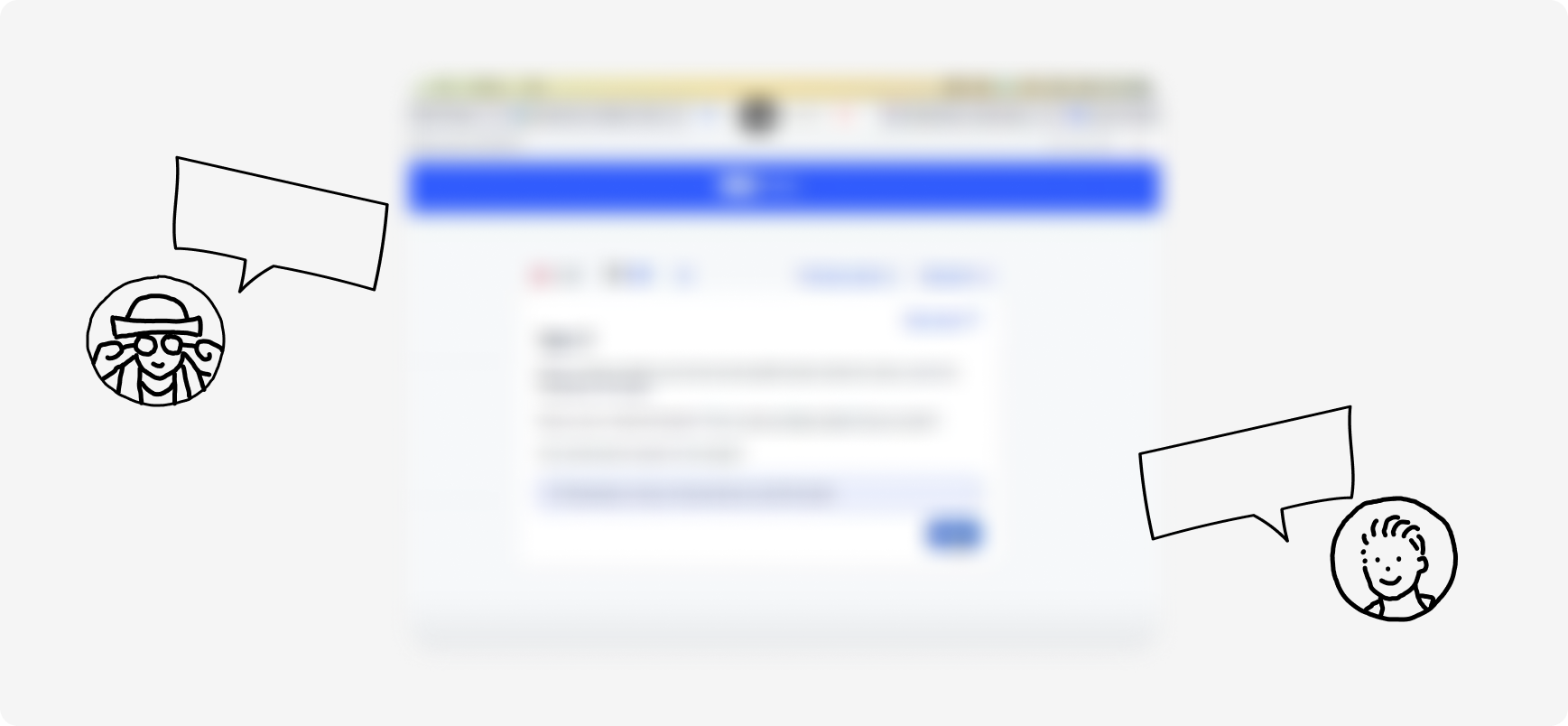
Following prototyping, I conducted unmoderated testing with 9 experienced UserTesting customers familiar with the specific feature. The test focused on evaluating usability, findability, and the perceived value of proposed changes. Users interacted independently, offering valuable feedback and showcasing natural behaviour.
The research predominantly reflected positive sentiment regarding the concept's value, with a few noted concerns. Additionally, it emphasised robust usability, evident in high task completion rates, indicating viability for further development.
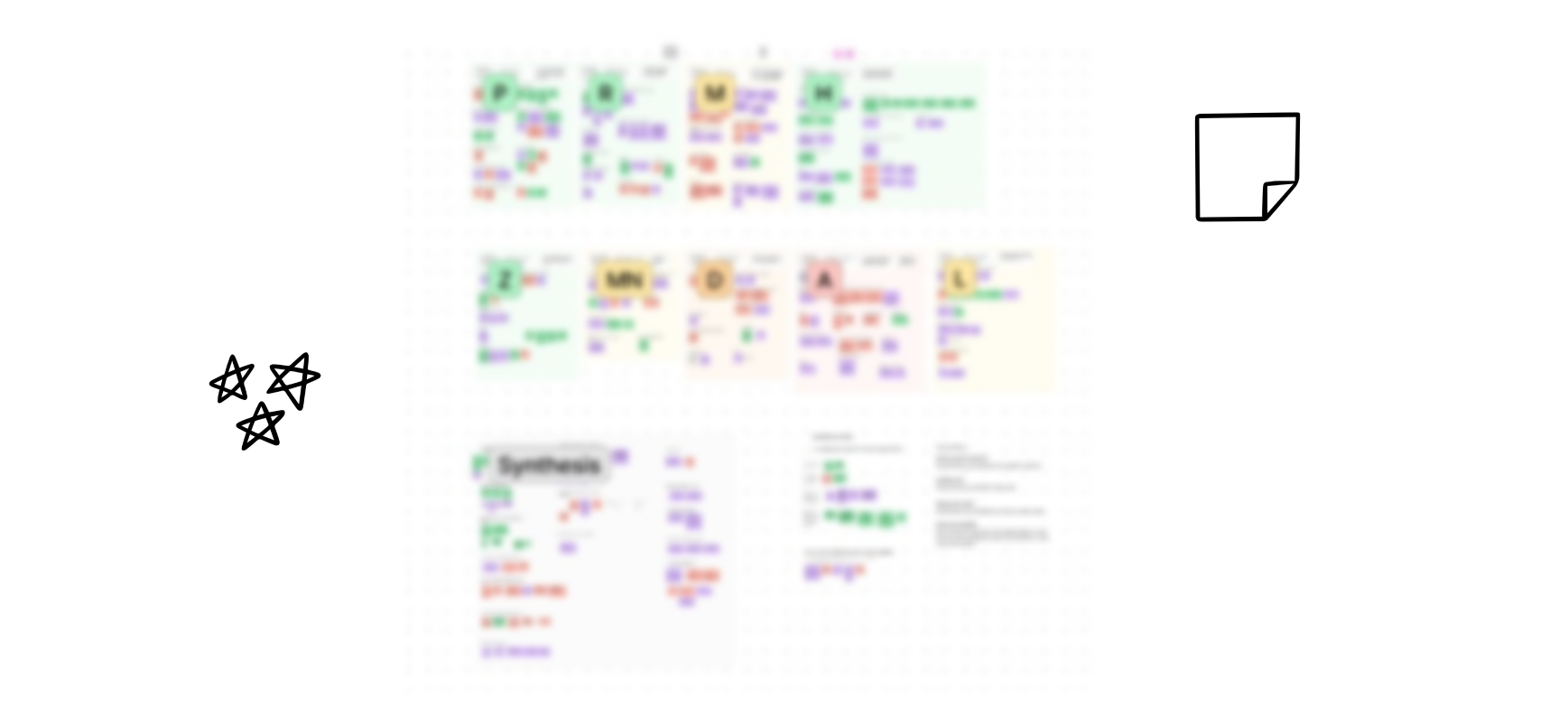
Presenting to the executives was a significant milestone. Addressing a crowd of over 50 team members and stakeholders required preparation and clear communication. It highlighted the importance of conveying complex ideas into easy-to-understand concepts, highlighting the project's relevance and its alignment with our organisation's objectives. This experience reinforced the art of effective communication and the need to demonstrate the value of our work in a way that resonated with top-level decision-makers.

Derived from unmoderated research findings, I conducted a design review, exploring two approaches to address the issue. Given the feature's intricate interactions, gathering feedback from colleagues was crucial to align our vision and ensure a unified direction. This aided other designers and stakeholders in contemplating crucial considerations as UserTesting transitions into the merged platform. We found that generally, the team had a shared vision, with a few clashes in preferences.
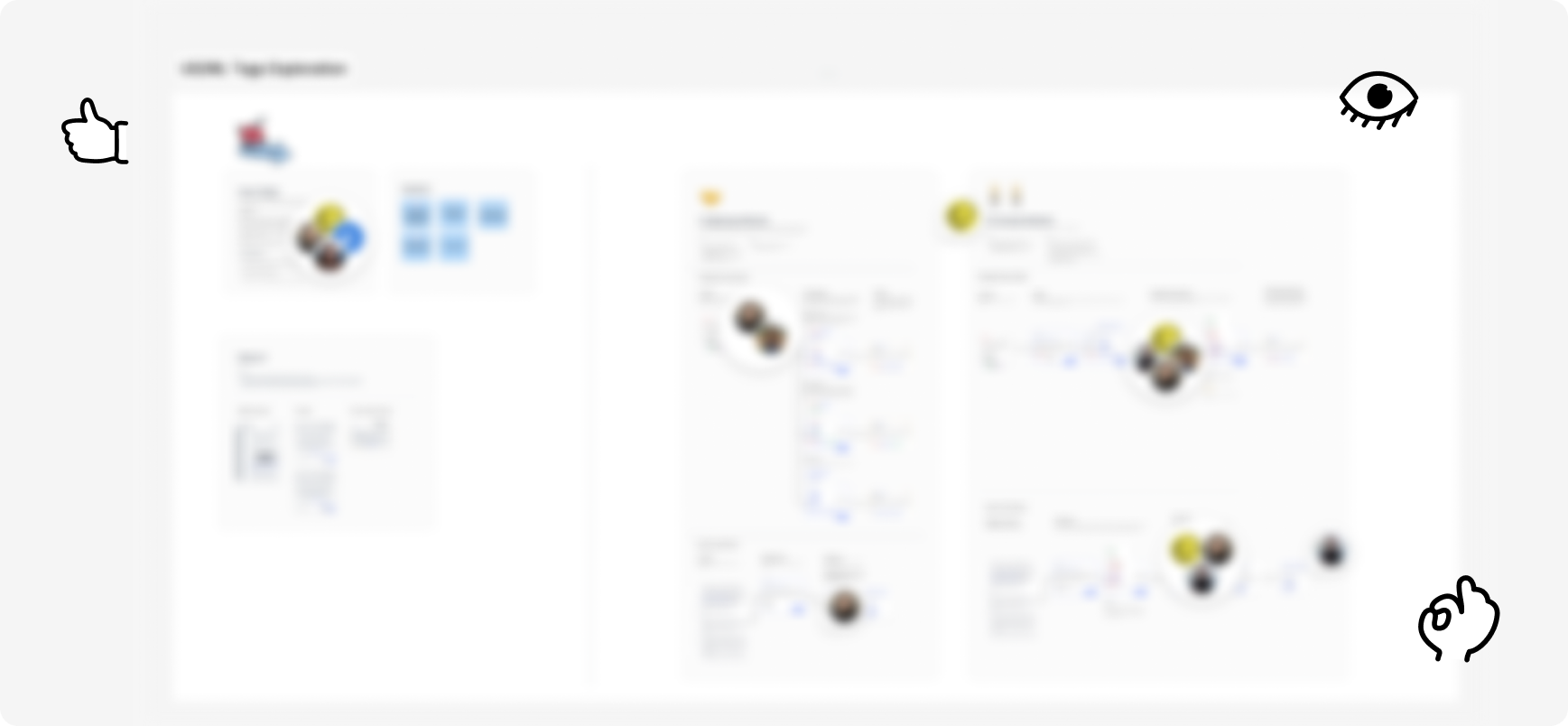
Concluding my internship at UserTesting, I formulated a concept that underwent multiple rounds of testing, iteration, and critique, resulting in a robust design ready for production. This project proved invaluable, enabling our team to envision the future of the unified platform and explore the potential redesign of this specific feature. In 7 months, I demonstrated and developed my competency in research, design and collaboration.

This project taught me that working with my teammates and getting input from different experts like those in machine learning, decision science, UX research, design, and writing is really valuable. It showed me how having a variety of skills and ideas, receiving helpful feedback, and sharing responsibility can make a project much more successful than trying to do it all by myself. Teamwork is a key ingredient in achieving great results.
This experience made me understand the importance of maintaining high research standards. Focusing on rigorous research methods and attention to detail in data collection and analysis underscored the significance of producing reliable and trustworthy results. It highlighted that by upholding research rigour, we can ensure the credibility and quality of our findings, which is vital in making business decisions.